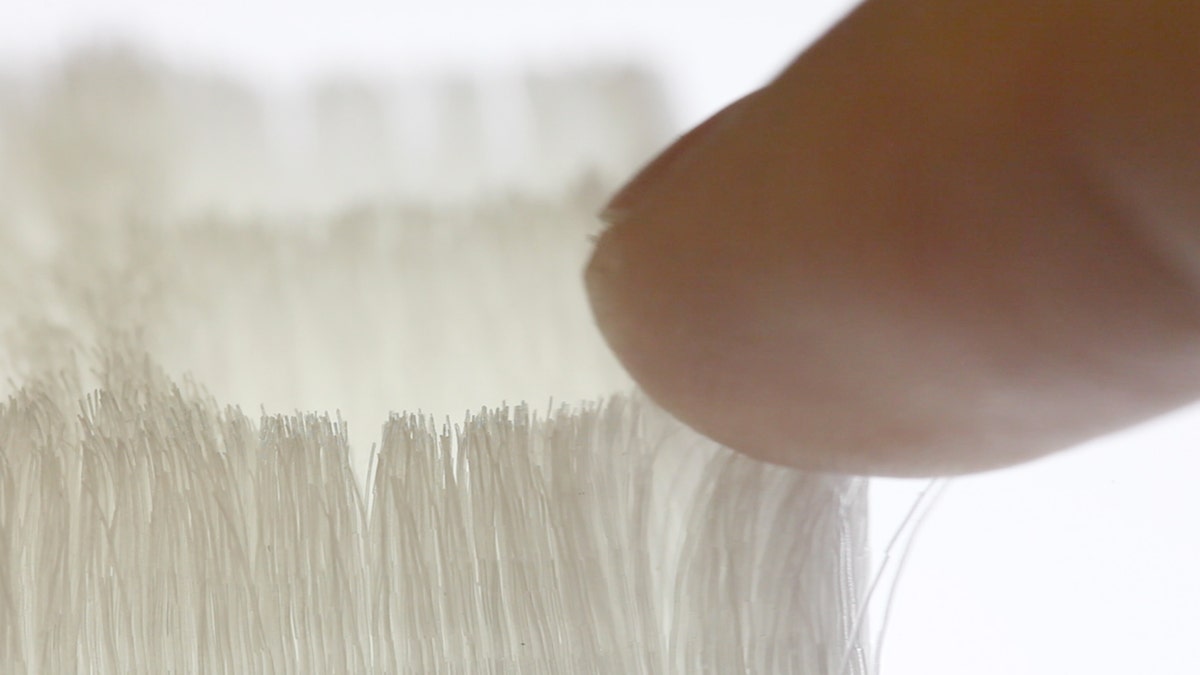
(MIT/Tangible Media Group)
When you hear about breakthroughs in 3D printing, they often involve the construction of larger objects such as buildings, prosthetics, and other items of size. The Tangible Media Group at MIT's Media Lab bucked the trend that bigger is better and used their l33t 3D printing skills to produce a 3D-printed micro-pillar object they call Cilllia.
The team's first achievement was not the hair, cool though it is. The first breakthrough was the printing process itself. Standard CAD software is not set up to print hair-like strands of material, so the team had to start from the ground up by building a custom software program. "We built a software platform to let one quickly define a hair's angle, thickness, density, and height," said Jifei Ou. "With this method, we can 3D print super dense hair surface at micron density."
More from Digital Trends:
- 3D printing pen lets surgeons print implants during procedures
- This 3D printer builds circuits out of silver nanoparticles while floating in midair
- MIT researchers 3D-print robots that can literally walk off the printer when done
With the software out of the way, the researchers began experimenting with their printing system, and used it to generate a variety of different hair-like items. The cilia can be printed in any hair shape at a range of thicknesses, with the smallest strands measuring an impressive 50 micrometers. The stands can be stiff like bristles or soft like fur and can print on either a flat or a curved surface.
Being able to print a coat of fur for your 3D-printed pet is useful, but the MIT team has bigger plans for the technology. The researchers are developing ways of adding mechanical adhesions, actuators, and even sensors to the final product. These add-ons allow the researcher to create a surface that can respond to and interact with the environment around it. In one application, the researchers 3D printed a windmill that spins when it detects a vibration. In another application, they printed a micro-pillar mat of cilia that could detect the touch of a finger and respond to different swiping patterns.
